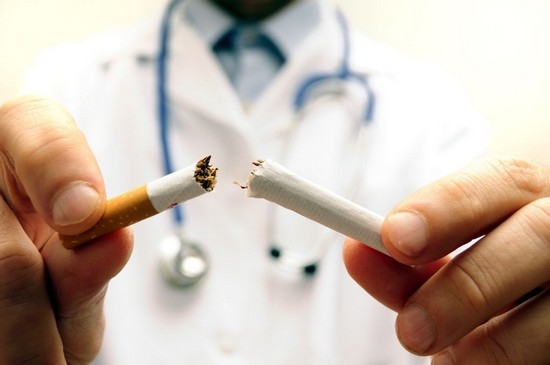"Eights", or wisdom teeth, very often bring their owners in trouble - in some cases due to the fact that they did not cut through, in others - that they did not cut through completely. Sometimes these molars (molars) are not positioned correctly. Therefore, dentists practice the removal of a wisdom tooth in the upper jaw. Its consequences are different.
Delete or not delete?
If the "eight" becomes the cause of unpleasant, painful sensations, you need to see a doctor. The dentist will assess the condition of the tooth and decide whether to preserve it or is it better.
do not. Removal indications:
- incorrect position of the tooth;
- there is not enough space for the tooth to erupt;
- crowding of teeth, pressure of the "eight" on a nearby "brother";
- inflammation of the hood over the molar (pericoronitis);
- significant deformation of the tooth crown (caries).
There are contraindications to the removal of wisdom teeth:
- exacerbation of serious diseases (cardiovascular, mental, etc.);
- a strongly shaken state of the body after undergoing operations, chemotherapy;
- bleeding disorder (hemophilia);
- carrying a child. Removal of a wisdom tooth during pregnancy is possible only if absolutely necessary (gumboil, purulent inflammation). In this case, special pain relievers are used that do not contain substances that can penetrate the placenta. The safe period for dental interventions is 13-28 weeks.
Features of removal and possible complications
Removing a wisdom tooth in the upper jaw is not the easiest operation. However, such a surgical intervention is considered easier than the elimination of the lower "eights". Dentists assure that in most cases the operation goes without difficulties, and only sometimes the removal of a wisdom tooth in the upper jaw has adverse consequences.
An x-ray is taken before the surgeon's work. On its basis, the specialist draws conclusions about the complexity of the upcoming actions. If the roots of the tooth are straight, not very long and most of the crown is located above the level of the gums, then the intervention will be quite simple. Surgery is performed using forceps, usually with local anesthetic.
The situation is complicated by the presence of a semi-uretinated (partially erupted) and impacted (non-erupted) wisdom tooth. In the process of carrying out such an operation, the doctor performs the following actions:
- the introduction of an anesthetic drug;
- an incision in the gum;
- resection (removal) of bone tissue;
- removal of the upper wisdom tooth;
- hole processing;
- restoration of the cut area of the gums in the same place;
- suturing.
Complications sometimes arise during the operation to remove the upper "eight". The most common ones are:

- fracture of the root or end of the tooth. This usually happens if the removed molar is significantly damaged by caries, and the doctor has pressed hard on it with forceps;
- fracture or dislocation of a nearby tooth. The problem is also associated with the fact that the surgeon, relying on him, made unnecessary efforts;
- trauma to the gums or soft tissues. This complication usually occurs due to the extremely inconvenient position of the tooth.
- pushing the roots of the tooth into the gum, soft tissues. A similar problem is associated with the difficulties in accessing the tooth, the roots of which can be displaced under the influence of surgical instruments;
- fracture of a part of the alveolar process (bone tissue). The most common reason for this is that the forceps are gripping the figure eight too deeply. This feature usually does not affect the healing process of the hole. The specialist is required to smooth the sharp edges of the damaged bone tissue. This will protect the socket from inflammation (alveolitis);
- violation of the integrity of the bottom of the maxillary sinus. In modern dentistry, this phenomenon is very rare - thanks to the preliminary analysis of radiographic images. However, reviews indicate that sometimes the removal of a wisdom tooth in the upper jaw leads to damage to the maxillary sinus. Most often this happens due to the inexperience or insufficient qualifications of the surgeon. This complication requires serious additional treatment.
Read also:
Fever is normal and common after the G8 is removed. The condition should return to normal in a day. If the temperature does not decrease, you should consult a doctor.
When and how to wait for healing?

After the removal of the wisdom tooth in the upper jaw, each patient is interested in how long the gums take to heal. Tissues begin to recover on average after 4 days. When 7 days have passed, the blood clot will remain only in the middle of the well. And after 14 days, the mucous surface will completely recover. It takes about 3 months for complete internal healing. During this period, doctors advise to take good care of your health:
- limit smoking and alcohol consumption;
- refuse hot baths;
- reduce physical activity;
- refrain from strong facial reactions.





